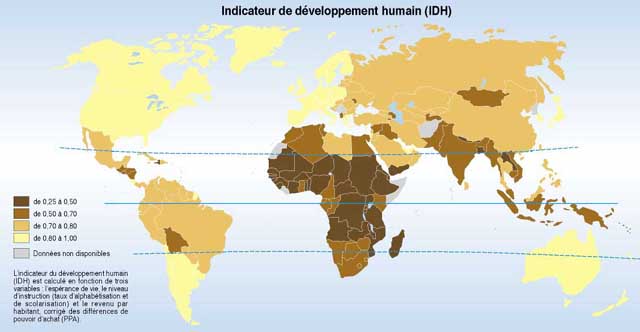![]() Thomas Wigley
Thomas Wigley
The variety of factors determining the rate and magnitude of climate change
The information about the atmosphere, oceans, and biosphere is complicated and must be interpreted in the following ways:
¥ researchers ----> policy makers -------->
public -------> voters
---> the press ------->
NGO --- INGOS --------------->
“the new research suggests the likelihood of slightly larger changes in temperature and sea level rise than projected in the most recent IPCC assessment.”
It is possible that the intensity of rain and hurricane events could increase.”
Barbados' marine terraces reval impacts of past climate changes in the West Indies
 These three marine terraces along the shore of Barbados in the West Indies --a volcanic island chain-- are indicators of higher sea levels in the past 125,000 years.
These three marine terraces along the shore of Barbados in the West Indies --a volcanic island chain-- are indicators of higher sea levels in the past 125,000 years.
When the ice caps melt during warmer periods called interglacial events the sea level rises. Changes in the shape, depth and expansion of ocan basins can also cause changes in the level of the sea. Marine terraces are common in coastal California, Europe, volcanic and coral islands.
“even small changes in climate can lead to effects that are far from trivial.”
“this report has been subjected to extensive peer review”
Eileen Clausen, ED Pew Center on Global Climate Change
§§§
Thomas Wigley

“Today it is clear that human influences, particularly those related to energy use and land-use changes (including desertification) can also change the climate.”
3
“The consequences ... are potentially serious.”
in 1988 the IPCC was formed
“to provide reliable policy-relevant and policy neutral information.”
enhanced greenhouse effect distinguished from the natural greenhouse effect
4
enhanced greenhouse effect is:
additional warming due to added CO2, CH4, and N2O, or
other non naturally occurring halocarbons
two significant questions
1. how much additional warming will occur if we increase the atmospheric levels of greenhouse gases?
2. what will the consequences be for the climate system as a whole?